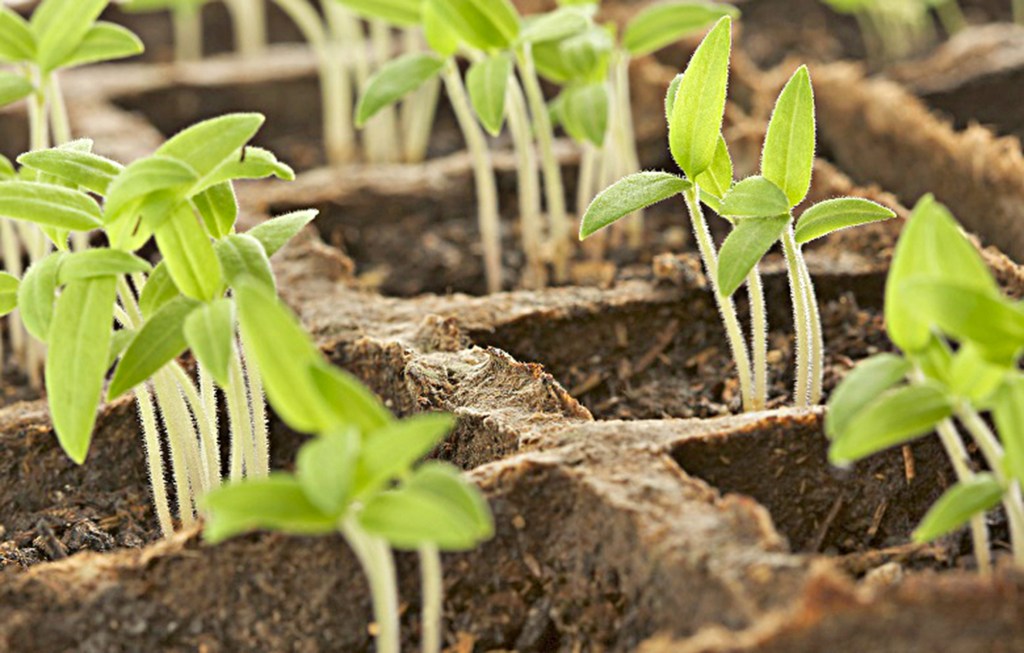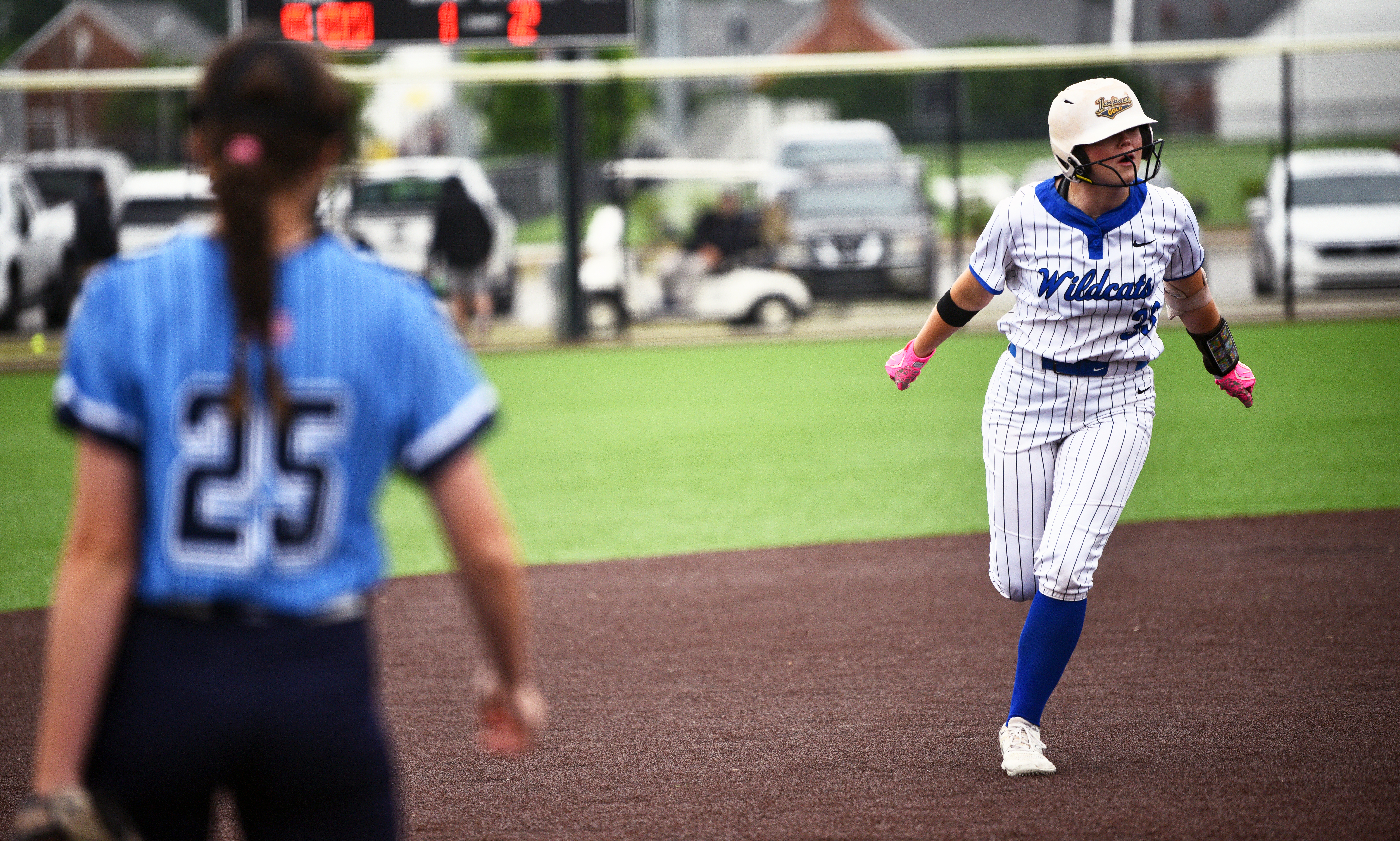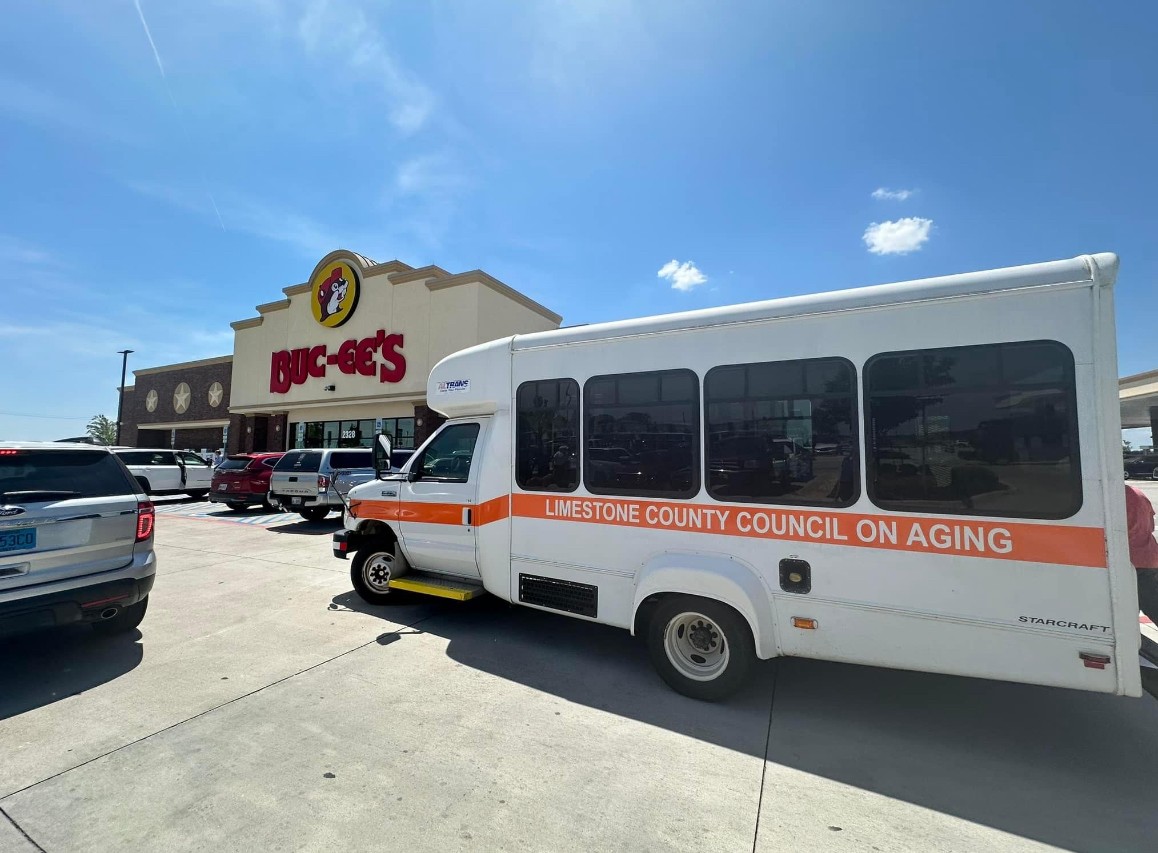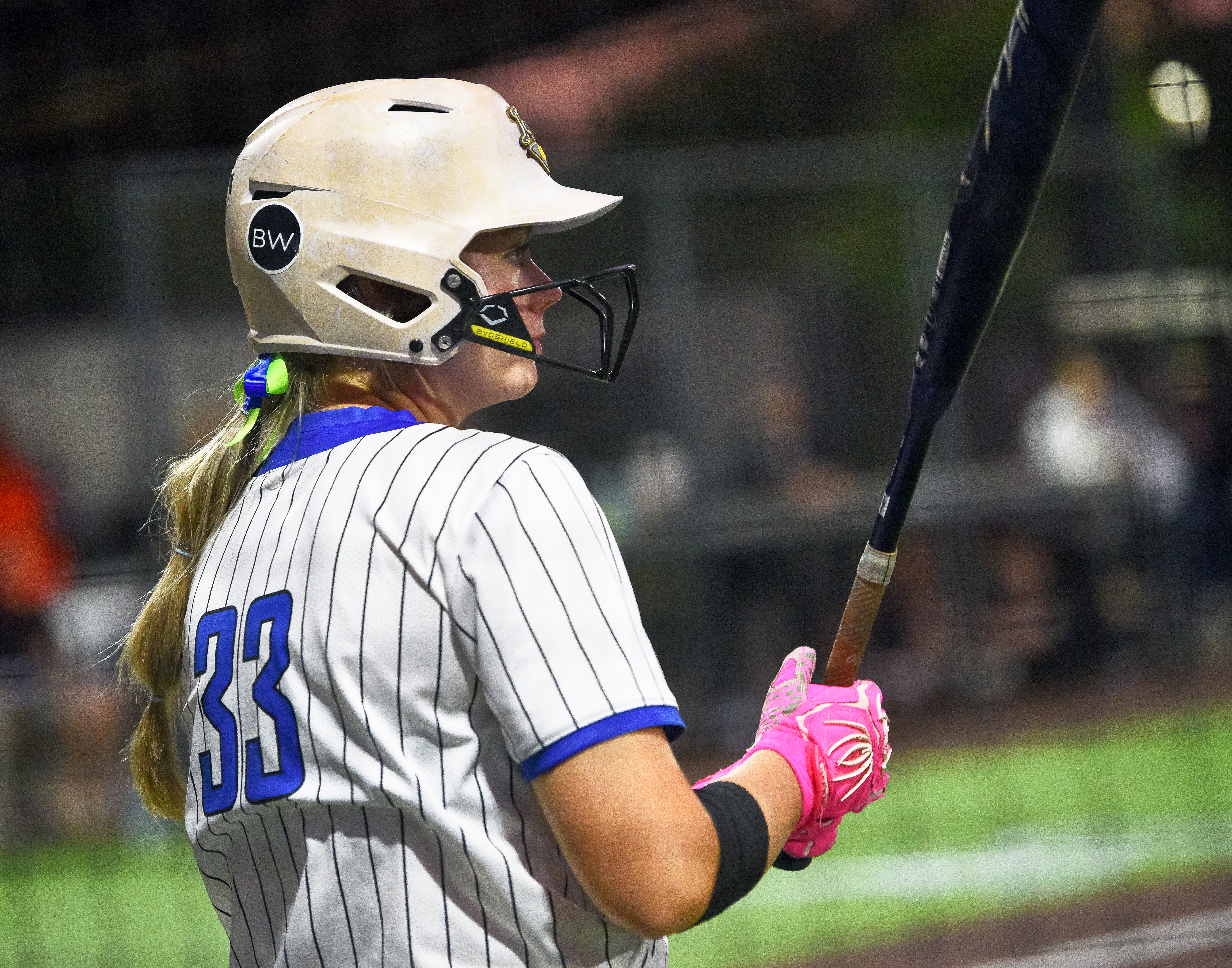ONE GARDENER TO ANOTHER: The process of growing from seed to seedling
Published 6:45 am Monday, February 11, 2019

- Seeds can be started in potting flats or biodegradable pots then directly into the soil, egg cartons, small paper cups, yogurt cups — anything that can hold the potting soil and has drainage holes. If planting multiple varieties, make sure to label them.
Growing plants from seed, I must say, is very satisfying. I get truly excited when I see the tiny heads of young seedlings pop out of the soil.
I am even more excited when they grow into healthy, mature plants. The best part is it’s pretty darn simple.
Growing vegetables, herbs and flowers from seed is less expensive than purchasing potted plants. The grower also gets to choose from a larger variety of plants than what is stocked on the nursery shelves.
While some gardeners sow seeds directly into the ground and cover with a cold frame, many start seeds indoors and transplant them after they’ve had time to germinate and grow into full-blown plants.
The average last frost date for our area is mid-April. Starting seeds indoors now gives them eight weeks to grow and a few weeks to harden off before planting in the ground.
Glossary of terms
• Germinate: Begin to grow and put out shoots from a seed;
• Soilless potting mix is usually comprised of half peat moss and half vermiculite, perlite or a combination of both. Sphagnum peat moss is a moss found in bogs, which can absorb and retain large amounts of moisture. It is lightweight and allows tender seedling root systems to spread easily. Vermiculite is a natural mineral that expands when heated. It holds nutrients and water until seedlings need them. Perlite is a porous volcanic mineral that resembles bits of Styrofoam. It holds water and helps air circulation;
• Seed pellets: Made of peat moss, pellets expand when warm water is added to form pot and soil all in one. A good option if just starting a few seeds;
• Seedling: The young plant that sprouts from a seed;
• Transplanting: The process of moving a fully germinated seedling or mature plant to a permanent location for the growing season or moving a growing seedling to a large container; and
• Hardening-off: The process of preparing a new plant for transition to its eventual garden home. Involves gradually changing the environment for seedlings or plants that are accustomed to controlled temperature and light.
Reasons why a seed did not germinate
If your seeds don’t germinate, it could be the seed is too old. Depending on the variety of seed, whether flower, vegetable or herb, the germination rate will decrease over time.
To test seeds, fold a moistened paper towel in half, place several seeds not touching on half of the paper towel and fold the empty side over the seeds. You will now have a paper towel that is folded in quarters with the seed inside. Place inside a zip-lock bag and place in a warm bright location, but not in direct sunlight. Keep it moist.
Check the seeds every couple of days. If they have not germinated or only a few have sprouted in a few weeks (check the package for germination time), they are probably past their prime.
It could also be the seed was exposed to temperatures that were too hot or too cold. Seeds should be stored in a cool, dry and dark place.
Moisture, light and heat can all cause damage to stored seeds. A sealed mason jar in a cool cabinet is a good option for storing unused seeds.
Starting seeds
Seeds can be started in potting flats or biodegradable pots then directly into the soil, egg cartons, small paper cups, yogurt cups — anything that can hold the potting soil and has drainage holes. If planting multiple varieties, make sure to label them.
Mix the potting medium with water to moisten the soil. Fill the containers with moistened soil. Drop a few seeds on top of the soil and cover with a thin layer of soil. Mist lightly with a spray bottle.
Containers can be covered over with plastic wrap or clear plastic bags. This will provide a greenhouse effect, holding heat and moisture. The clear, plastic containers that strawberries come in make perfect little greenhouses. Be sure to keep an eye out for mold growth.
Once the seeds germinate, the plastic should be removed. Don’t allow soil to dry out too much, but avoid overwatering. A small drink of water just when the soil starts to dry, once or twice a week, should be enough.
These new little seedlings need approximately 6-8 hours of sunlight per day. Rotate containers every day since seedlings will tend to bend toward the light. If using a grow light, place the light as close to the seedling as possible, within 2-4 inches, and adjust as the plant grows.
Once the seedlings start to mature, they can be transplanted to larger containers. After about six to eight weeks, pinch off the top leaves to encourage the plant to bush out. If a plant becomes leggy, they may not be getting enough light.
“Don’t judge each day by the harvest you reap but by the seeds that you plant.” — Robert Louis Stevenson.
Until next week, happy gardening.
— Irland, a member of the Limestone County Master Gardeners, can be reached at kippirland@hotmail.com. For more information on the Limestone County Master Gardeners, visit http://mg.aces.edu/limestone.





